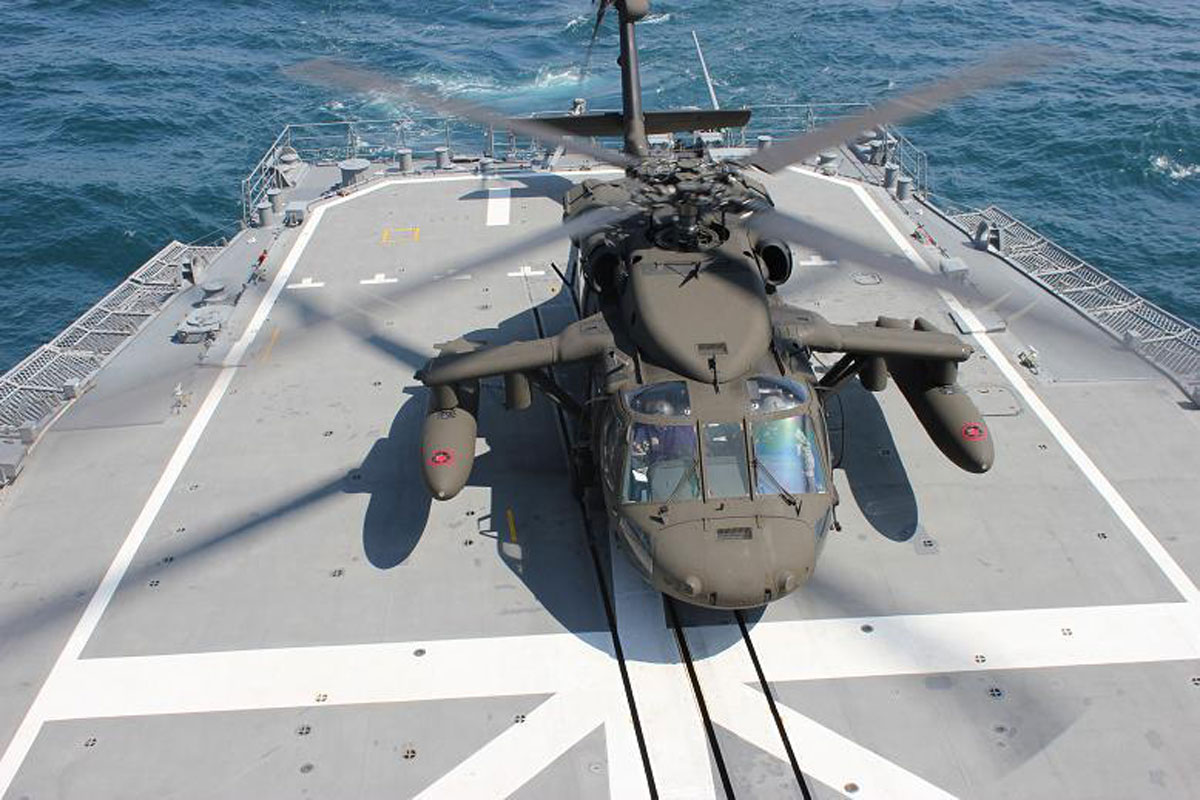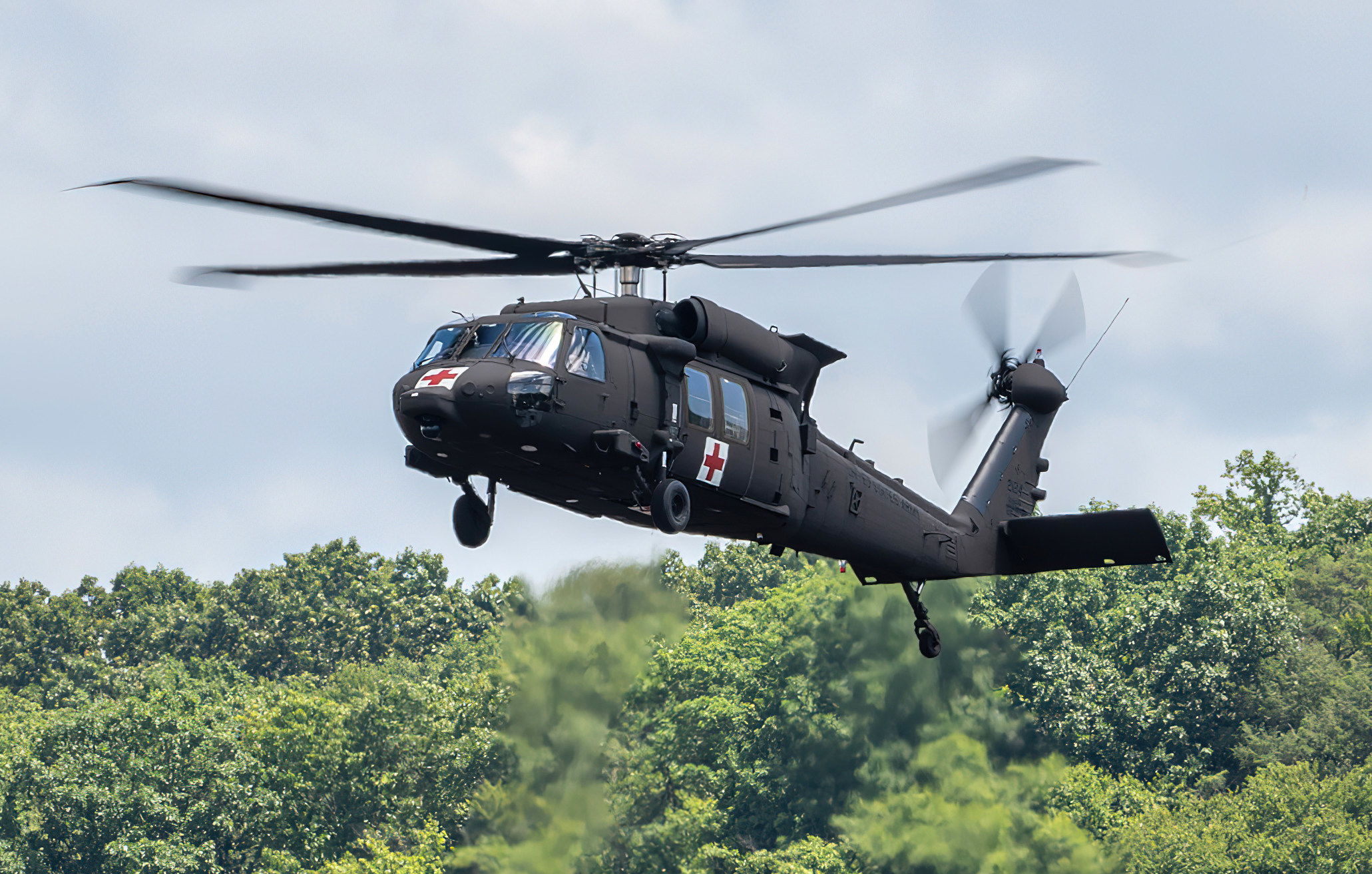Regular maintenance of the UH60 ensures its operational readiness for missions.
Regular maintenance of the UH60 ensures its operational readiness for missions.
Blog Article
Discovering the Innovations and Technologies Behind the Uh60 Helicopter System
The UH-60 helicopter system stands for a peak in rotary-wing technology, including innovative avionics and robust flight controls that substantially elevate pilot effectiveness and safety. Its carefully engineered airframe, built from high-strength materials, not only improves wind resistant performance yet additionally stands up to demanding functional settings. uh60. As exploration into its propulsion capabilities discloses, the combination of General Electric T700 engines provides a glance into the helicopter's remarkable speed and elevation flexibility, inviting more evaluation of its possible across diverse mission accounts
Advanced Avionics and Trip Control Systems
The innovative avionics and flight control systems of the UH-60 helicopter represent a considerable leap in air travel modern technology. These systems are made to enhance the operational capabilities of the helicopter, guaranteeing higher safety and security and performance throughout trip procedures.

Airframe Design and Architectural Enhancements
Airframe enhancements in the UH-60 helicopter have considerably enhanced its performance and survivability in requiring environments - uh60. The unification of advanced products such as high-strength alloys and composites has actually resulted in a much more durable and lighter airframe, which contributes to boosted maneuverability and haul capacity. These products also supply exceptional resistance to deterioration and fatigue, extending the helicopter's operational life

Structurally, the UH-60 includes a redesigned fuselage that maximizes the look at this now rules of aerodynamics and reduces drag, assisting in higher rate and gas effectiveness. Safety and security renovations consist of the combination of crashworthy seats and an extra resilient fuel system developed to decrease threats in the event of an accident or other types of influence. In addition, the helicopter is equipped with a modular design that enables less complicated upkeep and quicker adjustment to various goal requirements, ranging from combat operations to humanitarian support, highlighting its flexibility and versatility across different situations.
Propulsion and Performance Capabilities
While airframe improvements have reinforced the UH-60's architectural honesty, its propulsion system substantially elevates its efficiency abilities. uh60. The UH-60 Black Hawk is geared up with 2 General Electric T700 turboshaft engines, each pop over to these guys efficient in delivering up to 1,994 horse power. This robust powerplant enables the helicopter to attain speeds of as much as 222 kilometers per hour and a solution ceiling of over 19,000 feet, making sure swift, effective traversal over varied terrains
The engines are designed site here for longevity and dependability, which are crucial in meeting the diverse duties the helicopter plays, from battle goals to humanitarian help. The UH-60's propulsion system likewise includes a modular style, simplifying upkeep and decreasing functional downtimes. The combination of innovative digital engine controls has actually enhanced gas performance and performance versatility, permitting pilots to manage power settings successfully based on mission demands and environmental problems. These capacities underline the UH-60's standing as a functional and powerful aircraft.

Final Thought
The UH-60 helicopter system symbolizes a pinnacle of aviation innovation, integrating innovative avionics, durable airframe improvements, and powerful propulsion technologies. These features jointly improve situational understanding, safety, and performance, showing a substantial leap in helicopter innovation. Tailored for diverse goals, the UH-60's versatility and safety-oriented design underscore its essential function in contemporary airborne procedures, making it an important asset in both army and noncombatant industries.
Report this page